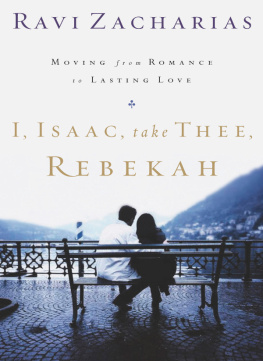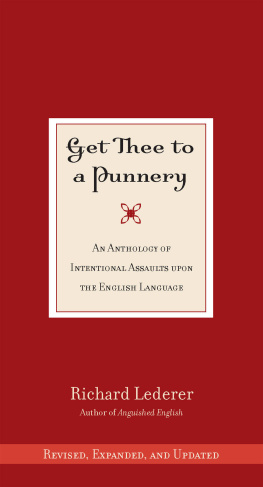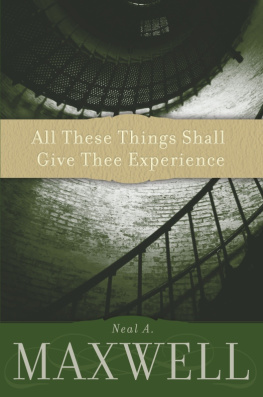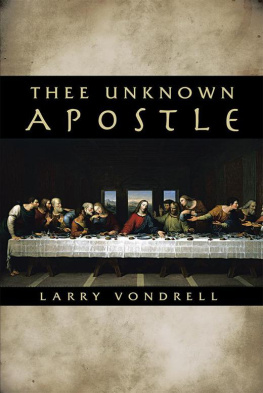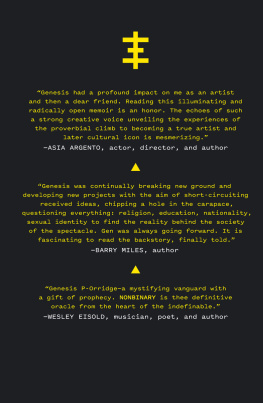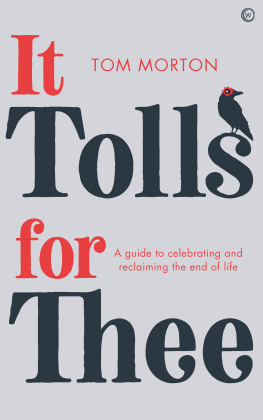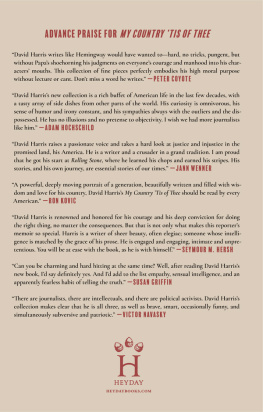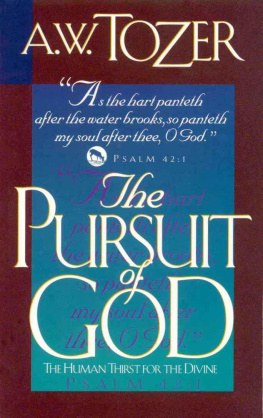Table of Contents
Photo by Sheila Rock, 1983
ACKNOWLEDGEMEANTS
Once upon a T.I.M.E. we were wondering What would happen if a band took its fans seriously and chose to encourage them to explore... ANYTHING? This book is a result and was thirty y-eras in the constructing. TOPY remains a unique experiment in collective vision and living, warts and all. Not so much a book as a manual of alternative ways of thinking, of being and of CARING/GIVING! Thee Psychick Bible is a result of co-operation and shared dreams, hopes and dynamic imagination. To our knowledge, never in the Astory of our worlds cultures, has there ever been such a single-minded, unconditionally dedicated, collective system of focused orgasm within ritualized living and gender RE-EVOLUTIONARY exploration. These objectives are almost indecipherable in our age of blind consumerism, data addiction and inertia as a way of L-if-E. This book is a research documeant of which we are proud to have been primary instigator. A manual of possibilities, AND impossibilities. At the very least a record of our courageous attempts to defeat control and seek ways to consciously take command of our behaviour and our identity. An amazing team of Individuals was drawn to our passionate dream. Special gratitude goes to Joe A. Rapoza for having the vision to propose the original edition; Jason Louv who dedicated months of his irreplaceable time to editing the bulk of the contents from thousands of pages and hundreds of documents; Tom Hallewell the Ultimate Coyote who founded TOPYN.A.; Monte Cazazza who was, as always, there at the conception; Peter Christopherson for unique guidance; Jean-Pierre Turmel; Benjamin Tischer; Carl Abrahamsson; Malik; Brother Words; Sister Shadows; Caresse and Genesse P-Orridge; Jay Kinney; Caleigh Fisher; Edward ODowd; Bill Breeze; Johnn Balance; Hazel Hill who turned a dream into an authentic classic; Lady Jaye Breyer P-Orridge who insisted this book must be completed and, most of all Adam Parfrey and Jodi Wille. Adam and Jodi demonstrated saintly patience as this brick of wisdoms evolved showing a level of trust and kindness fully in keeping with the One True TOPI Tribe. Thank you ALL and all those unnamed others who made this adventure possible
Genesis Breyer P-Orridge NYC, 2009
FOREWORD
THE DECONSTRUCTION OF A MAP OF AN UNKOWN TERRITORY
Probably no word does better justice to the TOPY phenomenon than Occulture. Meshing Occult with Culture, theres also a prefixed trace of Occident if you will. The defined concept as such was integrated in the inter-TOPY-lingo in the late 80s, and then grew to become a readily accepted general term for anything cultural yet decidedly occult/spiritual.
As a more or less unnamed concept, Occulture had already been active in TOPY since day one. The field of research was never ever occultism per se or culture per se, but always consisted of interchangeability where eventually the clear-cut borders were gently erased. Books, pamphlets, newsletters, film and video screenings, record and cassette releases and other manifestations could certainly contain more or less blatant esoteric form or content, but it was in no way a prerequisite. The literal meaning of occult (as in hidden) was given a wider perspective than the merely magical one.
Hidden information, forgotten personalities, discarded thoughtforms, untrendy thinkers, eclectic evolutionairies and anachronistic anarchs... Dusting off shelved illuminations from past ages and offering forgotten morsels of human intelligence proved to be a very fertile soil indeed. A Promethean Strikeforce that passed on the torch of enlightenment from the dawn of mankind to our own revolutionary times.
From very early on, there was a heavy focus on the unhampered sharing of information, hidden or otherwise. All one had to do was let ones interests and areas of research be known through newsletters and other channels, and one was certain to receive something of interest. A second-hand book, long out of print. A compendium of xeroxes from someones equally enthusiastic archive. A cassette tape copy of some recordings never released on record or broadcast on radio. Seeing the global TOPY Network as a precursor to the Internet is not far fetched at all. The first generation developers of cyberculture were certainly aware ofand some of them even active inTOPY and its ideas and ideals.
Culture in itself is usually associated with performing arts, painting, music, literature and many other forms of traditional manifestation. The sphere of culture. But essentially, culture is exactly what the word entails: a culturea structure or soil that contains the implicit possibility of growth and manifestation of life and, in extension, ideas and information. The merging of sperm and egg and their continued growth as one DNA-programmed entity in a womb is perhaps the clearest and most potent symbol of culture.
Many of the TOPY Access Points (regional headquarters) were involved in releasing material for distribution: books, magazines, records, videos and so on. At TOPY SCAN, the Scandinavian section, we focussed at times more on these kinds of activities than on the actual meeting of members or on doing strange rituals together. The more esoteric and magical activity certainly took place too, but quite often these rituals were cosmic boosters for the success of, for instance, a new magazine project or a new record. The intimate seeds of individuals were sown in a communal soil for the benefit of occultural manifestationsthese becoming, in turn, seeds in their own right, blooming in a more extroverted universe of readers, listeners, art lovers, etc.
On the more distinctly magical level, we organised several workshops in shamanism (meaning here using archaic techniques of, for instance, drumming to induce states of trance used for information gathering on entirely different, higher, levels of consciousness) and Western ceremonial magic. We made treks into the Swedish countryside, stayed up all night and tried (quite successfully) to communicate with hidden aspects of nature and our own minds.
The rituals suggested in Thee Grey Book (the main TOPY compendium dealing with magick and philosophy) and other key documents were often the starting point for members wanting to experiment with meditation, traditional methods of ceremonial magic and ones own sexuality in a directed way. Rituals were by no means confined to the individual monthly sigilising process (as recommended in Thee Grey Book), but would develop and grow in organic forms, either individually or with other members.
The status of Eden for the actively sigilising men and Kali for the women signified an even stronger internal bond.That is, if one wanted to.There were never any demands on Kalis or Edens to do or achieve anything, except possibly to be truer to themselves than they had been up to that point.
What the central TOPY ritual consisted of, at least structurally, was that on the 23rd of each month, at 2300 hours, the dedicated adepts would perform a sigilising ritual in and/or on an artwork designed by themselves specifically for the desired goal. This piece of highly charged talismanic art was then sent in to a TOPY Station (bigger and more administrative headquarters than the Access Points). The idea was to impose or inspire self discipline and regularity, to unite with other adepts in time, to initiate personal empirical research about ritual magick and, not forgetting, to honor the weird synchronistic concept of the number 23, as inherited from TOPY mentors William S. Burroughs and Brion Gysin.



